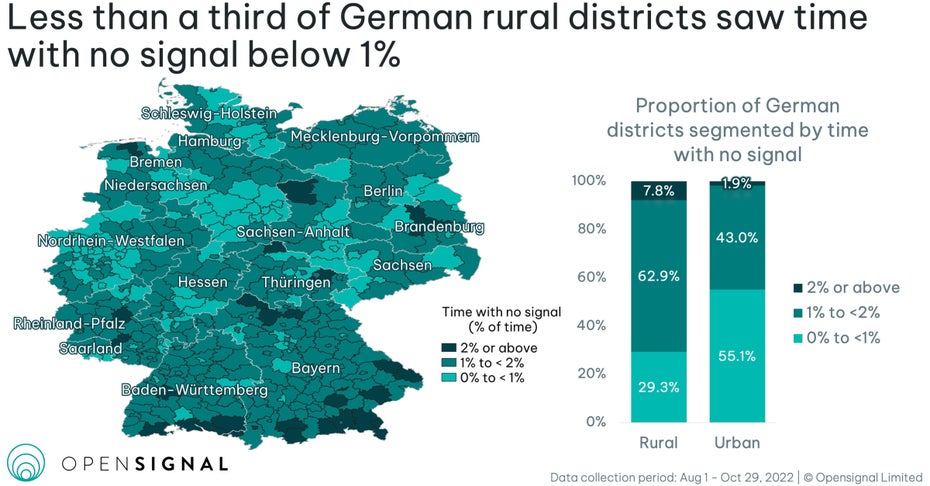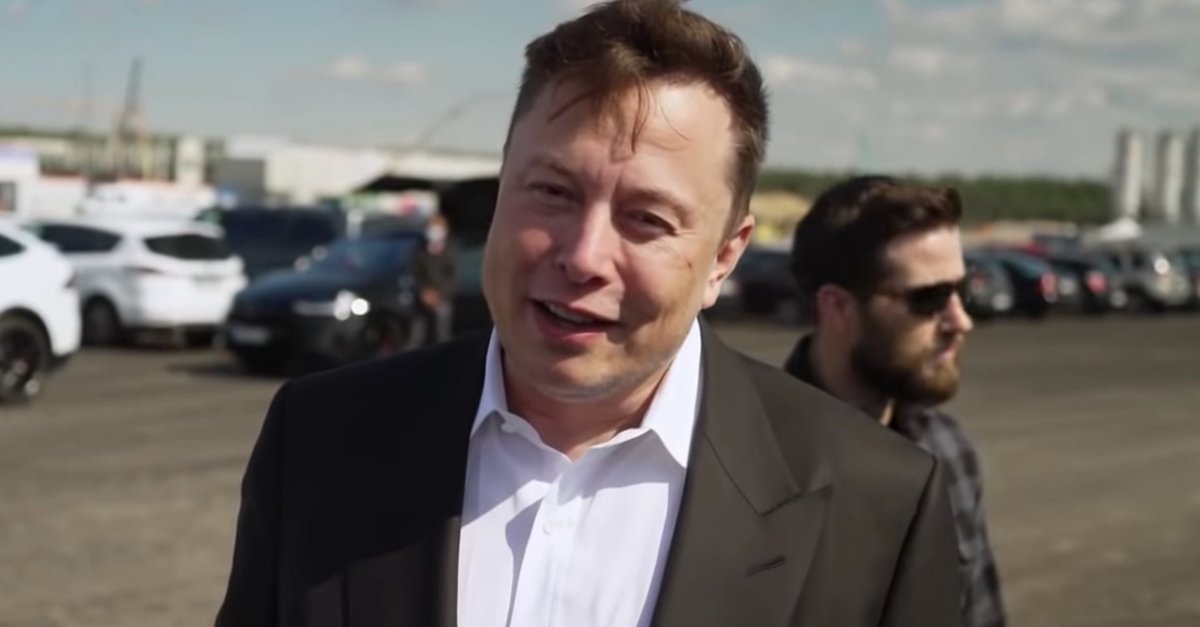Satellite communication with smartphones: no more white spots
White spots on the map will soon be a thing of the past, because from the second half of 2023, Android smartphones in the upper price ranges will also be able to transmit without WiFi and a mobile network. The second major Android chip developer, Mediatek, also has similar plans.
Apple’s iPhone 14 and 14 Pro (test) were the first globally available smartphones with satellite communication on board. The service was launched in Germany in December 2022 and since then has enabled emergency calls to be made via satellite.
With Apple’s solution, which will be implemented using Globalstar’s network of 24 satellites, it is only possible to send a message from ready-made text modules to call for help in an emergency. It takes about 15 seconds to send the message via SOS emergency call.
If the worst comes to the worst, this is certainly sufficient and definitely better than being lost in the wild. The Qualcomm solution called Snapdragon Satellite meanwhile promises a larger range of functions and a larger network.
Because Qualcomm has brought the satellite communications pioneer Iridium on board for its service. The company has been offering a global network consisting of 66 satellites for over 20 years, on which the expensive in-house satellite telephones can be used.
Although the telephony function remains exclusive to the Iridium devices, Qualcomm’s Snapdragon Satellite function, as the manufacturer calls it, enables two-way text communication. It should be possible to send text messages via SMS or other messaging services within just three seconds. For emergencies, the service is Garmin Response on boardwhich can be used to send emergency calls similar to Apple’s iPhones.
Snapdragon Satellite relies on the Iridium satellite network. (Image: Iridium)
The availability of Qualcomm’s Snapdragon Satellite remains limited: this year, initially only top smartphones with Snapdragon 8 Gen 2 SoCs will be supported. These include the Xiaomi 13 family, the Oneplus 11 and basically Samsung’s Galaxy S23 series.
Interestingly, none of the companies have made any such announcements so far. It is possible that the feature will only follow shortly before the official launch – possibly with the launch of Android 14, which will receive native support for satellite communication.
The second major Android chip developer, Mediatek, has already developed its first smartphone with satellite communication in cooperation with the Bullit Group, licensed manufacturer of Ca and Motorola smartphones. announced. The companies rely on the network of the startup Skylo, which works with a number of regional and global satellite operators. The time it takes to first connect to the satellite and send a message is about ten seconds, according to the announcement.
As Apple explained when announcing the service, satellite communications are not about replacing cellular networks. That would be too expensive and the exchange of data is limited anyway. Instead, Apple and other companies want to give users in remote areas a way to call for help in absolute emergencies.
The major network operators have now expanded their mobile networks to such an extent that the periods in which users are offline have been reduced. Data from Opensignal show, for example, that in Germany the national average of the time that users spent without a signal was 1.1 percent.

Opensignal analyzed how much time users in Germany spent without a mobile signal. (Graphic: Opensignal)
Opensignal also found that in Germany, users spent more than two percent of the time without a signal, especially in some rural districts in southern Germany such as Bavaria and Baden-Württemberg. According to the data, the time without a signal was less than one percent in more than half of the districts in western and central federal states such as North Rhine-Westphalia, Lower Saxony or Saxony-Anhalt.
While the outages recorded by Opensignal may seem small, networks still have white spots. This is because mobile network operators initially set up their networks in areas with a high population density. However, other regions are hardly or not at all populated and are difficult to reach. Expanding the grid in these areas is proving to be extremely expensive. In mountainous regions and similar areas, satellite links should help to close the gaps.

